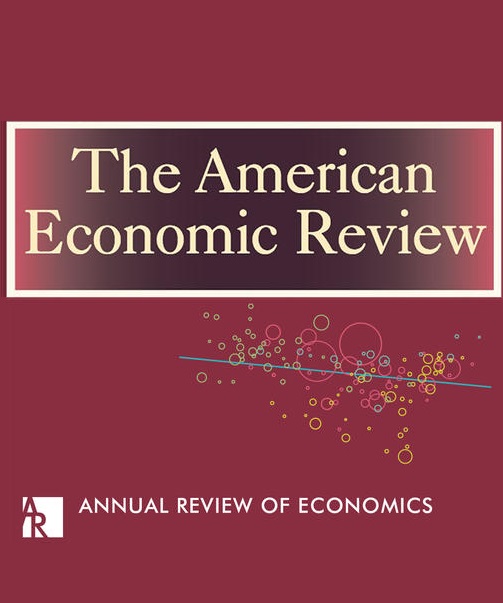低收入家庭采用节能技术的信贷、关注和外部性
IF 11.6
1区 经济学
Q1 ECONOMICS
引用次数: 28
摘要
我们在内罗毕对1000户家庭进行了实验,研究了一种节能木炭炉灶。我们估计减少39%的木炭支出,这与工程估计相符,产生295%的年回报。尽管在炉子的两年寿命中节省了237美元的燃料,减少了295美元的排放量,但家庭只愿意支付12美元。关注节能并不会增加需求。然而,一笔贷款会使支付意愿增加一倍以上:信贷限制阻碍了私人最优技术的采用。节能技术可以在减少温室气体排放的同时为家庭节省资金,从而推动可持续发展。(jel d12, d91, g51, o12, o13, o32, q54)本文章由计算机程序翻译,如有差异,请以英文原文为准。
Credit, Attention, and Externalities in the Adoption of Energy Efficient Technologies by Low-Income Households
We study an energy efficient charcoal cookstove in an experiment with 1,000 households in Nairobi. We estimate a 39 percent reduction in charcoal spending, which matches engineering estimates, generating a 295 percent annual return. Despite fuel savings of $237 over the stove’s two-year lifespan—and $295 in emissions reductions—households are only willing to pay $12. Drawing attention to energy savings does not increase demand. However, a loan more than doubles willingness to pay: credit constraints prevent adoption of privately optimal technologies. Energy efficient technologies could drive sustainable development by slowing greenhouse emissions while saving households money. (JEL D12, D91, G51, O12, O13, O32, Q54)
求助全文
通过发布文献求助,成功后即可免费获取论文全文。
去求助
来源期刊

American Economic Review
ECONOMICS-
CiteScore
18.60
自引率
2.80%
发文量
122
期刊介绍:
The American Economic Review (AER) stands as a prestigious general-interest economics journal. Founded in 1911, it holds the distinction of being one of the nation's oldest and most esteemed scholarly journals in economics. With a commitment to academic excellence, the AER releases 12 issues annually, featuring articles that span a wide spectrum of economic topics.
 求助内容:
求助内容: 应助结果提醒方式:
应助结果提醒方式:


